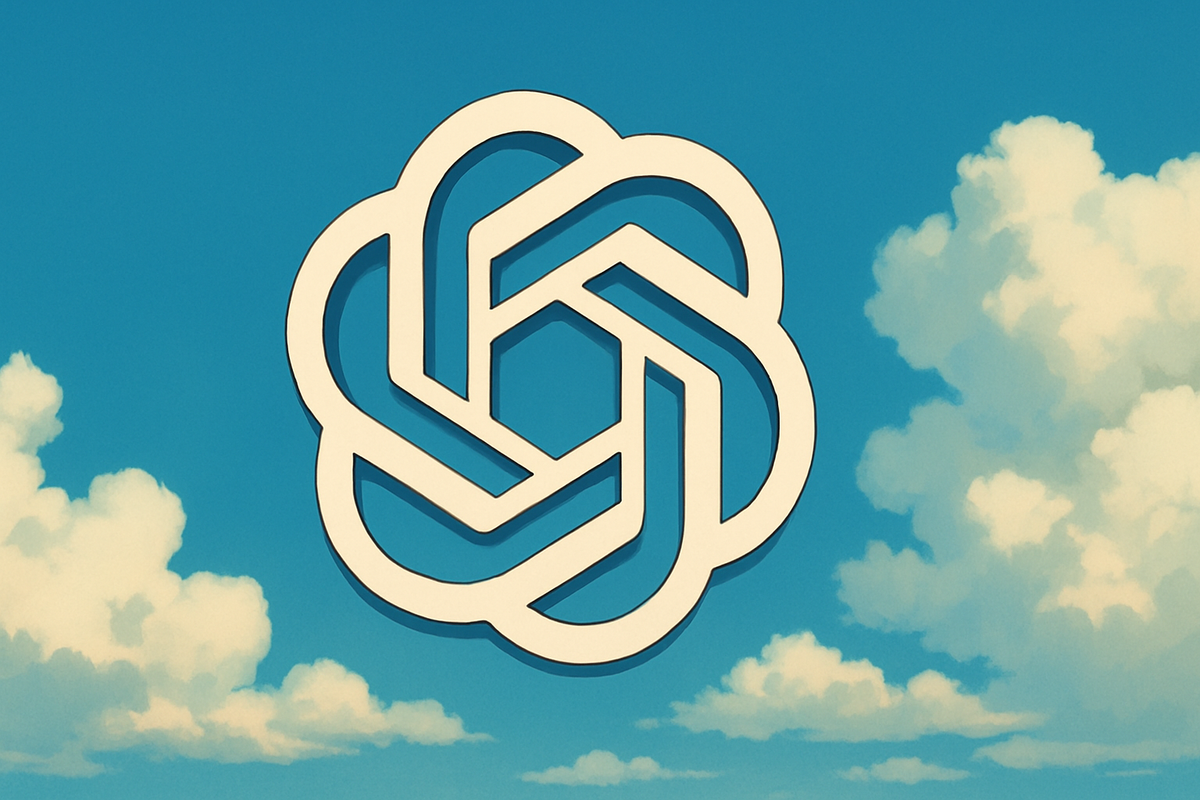Everything That Happened at OpenAI DevDay 2025 (And Why It Matters to You)

OpenAI just wrapped their biggest event of the year — and it wasn’t just about AI.
It was about software. About how we build it, how fast we build it, and what’s now possible when language models aren’t just assistants — they’re part of your stack.
If you missed the keynotes or just want the signal without the noise, this post breaks down the biggest DevDay 2025 announcements and what they mean for indie devs, designers, and AI-native product builders.
Let’s get into it.
ChatGPT Becomes a Platform
Apps Inside ChatGPT (and a Full SDK)
The biggest shift?
You can now build apps that run inside ChatGPT itself.
Using the new Apps SDK, developers can:
- Define UIs using HTML-like declarative layouts
- Sync context via MCP (Model Context Protocol)
- Connect to external data, trigger actions, and handle sessions
- Access built-in features like voice input, fullscreen mode, and state persistence
This moves ChatGPT from a passive assistant to an app platform.
Apps are:
- Discoverable in natural language (“open a meal tracker”)
- Interactive, context-aware, and live
- Monetizable (coming soon via the Agentic Commerce Protocol)
Expect to see full apps from companies like Coursera, Canva, and Zillow inside ChatGPT soon.
But also?
Your next side project could be here, too.
AgentKit: From Idea to Deployable Agent
Visual Builders, Live Context, and Drop-in UIs
AgentKit is OpenAI’s answer to a problem we all feel:
Agents are cool, but too complex to ship.
With AgentKit, you can now:
- Use a visual Agent Builder to create flows (no code required)
- Drop in a ChatKit interface to your app
- Add guardrails for hallucinations, PII filtering, and safety
- Connect agents to APIs, databases, or tools using the Connector Registry
- Run Evals to test reasoning and improve prompts
In the demo, a fully branded voice-based agent with UI, logic, and data connections was shipped in under 8 minutes — without writing backend code.
You’re not just writing prompts anymore.
You’re designing teammates.
Codex Graduates — and Gets a Full SDK
GPT-5-Codex Is Now GA
Codex is no longer a research tool. It’s production-ready — and it’s running on GPT-5-Codex, a model specifically tuned for:
- Full-stack coding workflows
- Refactoring, scaffolding, and system reasoning
- Multi-file projects and IDE integration
New features:
- GitHub + terminal + IDE plugins
- Slack integration for team workflows
- Auto-scaffolding for new apps and features
- Full Codex SDK for low-code agent + workflow automation
One live demo involved:
- Controlling a Sony camera
- Mapping an Xbox controller to UI elements
- Orchestrating voice-based commands to trigger camera + lighting effects
- All with a deployed MCP server in the loop
Codex now behaves more like a co-pilot who understands the full context of your repo and product — not just a code autocomplete.
MCP: Now the Backbone of Everything
From Spec to Platform Standard
Every part of OpenAI’s new stack — Apps, AgentKit, Codex workflows — now runs on Model Context Protocol.
MCP has gone from an emerging idea to the standard way to pass structured, typed context into the model.
Why it matters:
- It separates data from prompt
- It formalizes what the model should know before acting
- It creates consistent behavior across interactions, tools, and environments
If you’ve already been designing apps with context blocks and structured inputs — you’re ahead.
This protocol is becoming the new layer between UX and LLMs.
Voice, Video, and Multimodal as Defaults
GPT-5 Pro, Real-Time Voice, Sora 2
OpenAI is betting big on multimodal inputs/outputs.
Highlights:
- GPT-5 Pro is now the flagship API — more intelligent, less latency
- GPT-RealTime-Mini: A real-time voice model with expressive tone
- Sora 2 (Preview): Text-to-video with:
- Cinematic framing control
- Soundtrack generation
- Editable/remixable asset layers
This means you can now:
- Add voice UIs that feel natural
- Embed video generation directly into product flows
- Power agents that see, speak, hear, and act — in real time
Voice and video aren’t just features anymore.
They’re part of the default interaction model.
Why This DevDay Was Different
This wasn’t just a keynote or a model release.
It was a redefinition of the app stack:
- Apps don’t need a web view — they run inside ChatGPT
- Agents don’t need backends — they run via declarative flows
- Context isn’t optional — it’s structured, portable, and persistent
- AI isn’t a tool you use — it’s a teammate you co-design
This event marked the shift from prompt engineering to context design.
From AI integrations to AI-native products.
And OpenAI didn’t just build tools for researchers.
They built them for us — indie devs, designers, and fast shippers.
If you’re building in public or iterating on your own ideas, this is your moment.
It’s not just faster inference.
It’s faster product thinking.
This post unpacked OpenAI DevDay 2025 and what it means for the future of building with AI.
In upcoming posts, I’ll share:
- How I’m evolving AteIQ with MCP + context blocks
- What AgentKit means for app builders working solo
- How to layer Codex and Foundation Models into SwiftUI products
If you’re exploring this space too, I’d genuinely love to connect or you can drop me a line.
And if you're just getting started, I hope this blog becomes a place you revisit and grow alongside.
Until next time — structure that context.





